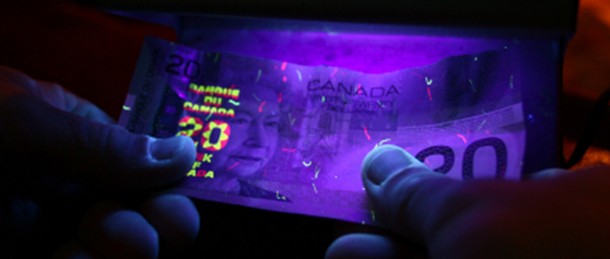Competition or Cooperation in the Cash Industry?
28 February, 2011
A New Era of Cooperation?
The currency industry has traditionally been highly competitive with little to differentiate one supplier from another other than price, delivery and sales skills.
As the technology used in the manufacture and handling of banknotes has advanced, so has the cost of product and feature development, IP protection and production. Add to these cost pressures, smarter buying by central banks, an increasingly-competitive market with over capacity of paper supply and more state sector banknote printers attempting to participate in the commercial market, and something has to change.
The first signs of these changes may be increasing cooperation by both the supply and demand side of the industry. This is not simply the usual technical and commercial partnerships and alliances between companies to enhance their portfolios and increase their market penetration – but cooperative ventures that have the potential to fundamentally change the ways things are done.
This week the Dutch National Bank on behalf of the Joint European Tender (JET) Group within the eurosystem signed an agreement that will contract the supply of banknotes for 2012 delivery to three printers, none of them Dutch. The purchasing power of the JET Grouop is one example of growing cooperation.
The alliance between Giesecke & Devrient and Wincor Nixdorf is another, and  represents more than just a move by two giants of the industry to improve their competitive position. It has the potential, if the concept behind the venture to standardise and automate the processes of cash circulation is taken to its logical conclusion, to create a truly industry-wide end-to-end solution that will drive many of the costs of cash out of the system.
Drawback to Cash
One of the main drawbacks of cash is the cost of procurement, handling and accounting. The rationale for central banks to outsource the sorting and re-distribution of cash so that the bank is involved only in its procurement, production, destruction and accounting, leaving the rest to the commercial sector, is not a means of reducing costs, as it simply drives them elsewhere.
Despite increasing automation within the different parts of the cash cycle, there is still relatively little automation between these parts. As a result, the changing custody and ownership of cash as it moves through the cycle still involves manual interventions in handling, counting and packing, all under conditions of the highest security and audit control, and the costs of these interventions are hard-wired into the whole process.
A potential solution to this problem is to have standardised processes, equipment and software that enable the transfer of cash from retailers and banks via CIT companies to cash centres, from there to be returned either to the market or to the central bank, without manual intervention at the different ‘touch’ points along the way.
Although still in its infancy, the cooperation between G&D and Wincor Nixdorf may be the start of such a solution. The realisation of this vision would require the involvement of all the stakeholders in the cash cycle – vendors and users alike. And this is unlikely to happen any time soon. But it is a start, a step in the right direction and an indication of what could be achieved by such stakeholders working together to achieve a common objective.
Green Shoots
 With the continuing expansion of the Cash Single Shared Platform by eurosystem central banks, and the banknote designers putting aside competitive interests and coming together in the IBDA to advance the cause of good design, there are ‘green shoots’ of cooperation in many parts of the industry.
With the continuing expansion of the Cash Single Shared Platform by eurosystem central banks, and the banknote designers putting aside competitive interests and coming together in the IBDA to advance the cause of good design, there are ‘green shoots’ of cooperation in many parts of the industry.
Such cooperation has to be positive as long as competitiveness and commercial transparency is maintained, suppliers and buyers do not use their collective muscle to disadvantage the other, and that sufficient liquidity and profitability is maintained such that standards are upheld.
ed. imho Astrid’s article gives reason to think, in part, about the physical aspects of banknote construction – given the challenges discussed here, as well as others, such as counterfeiting…










